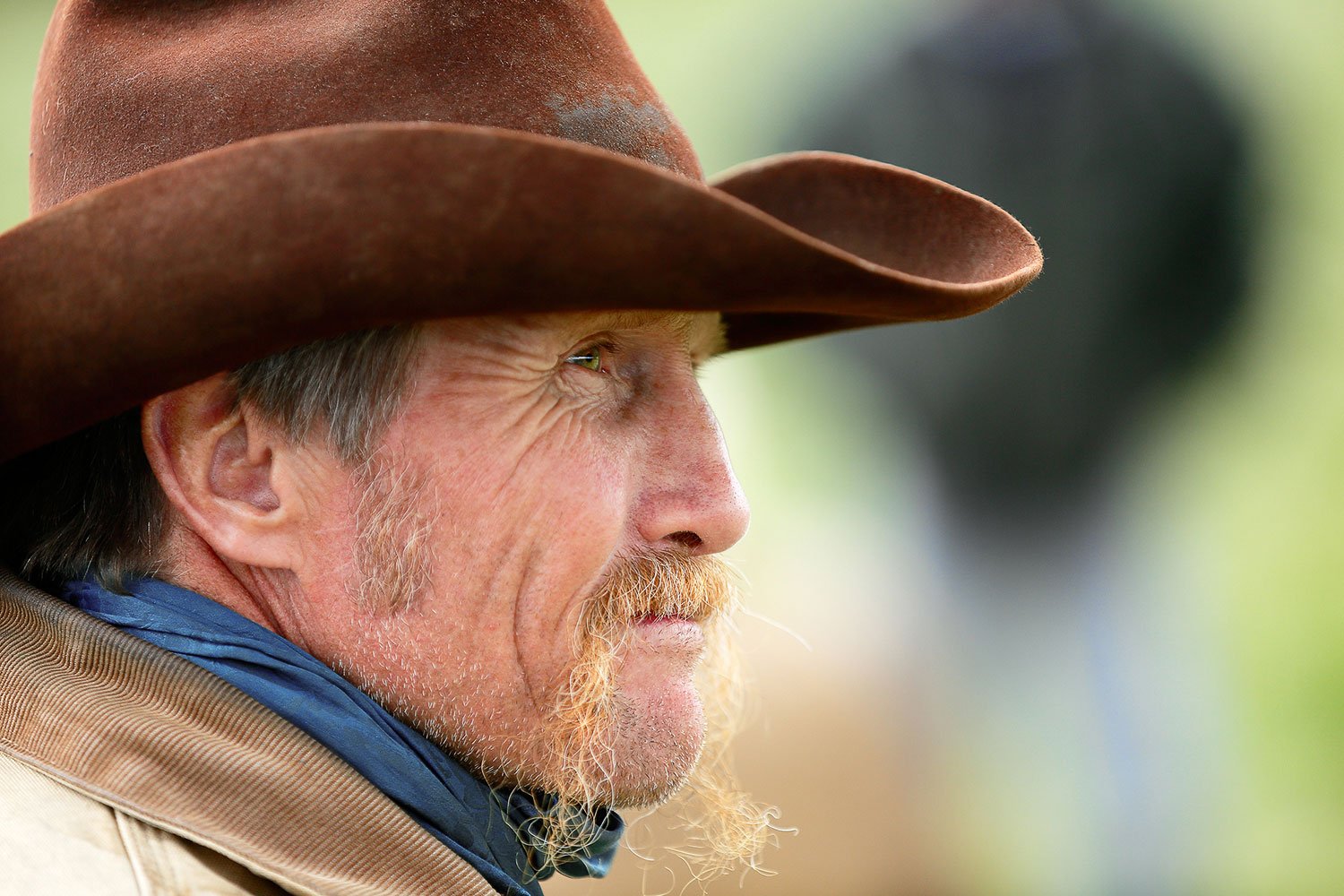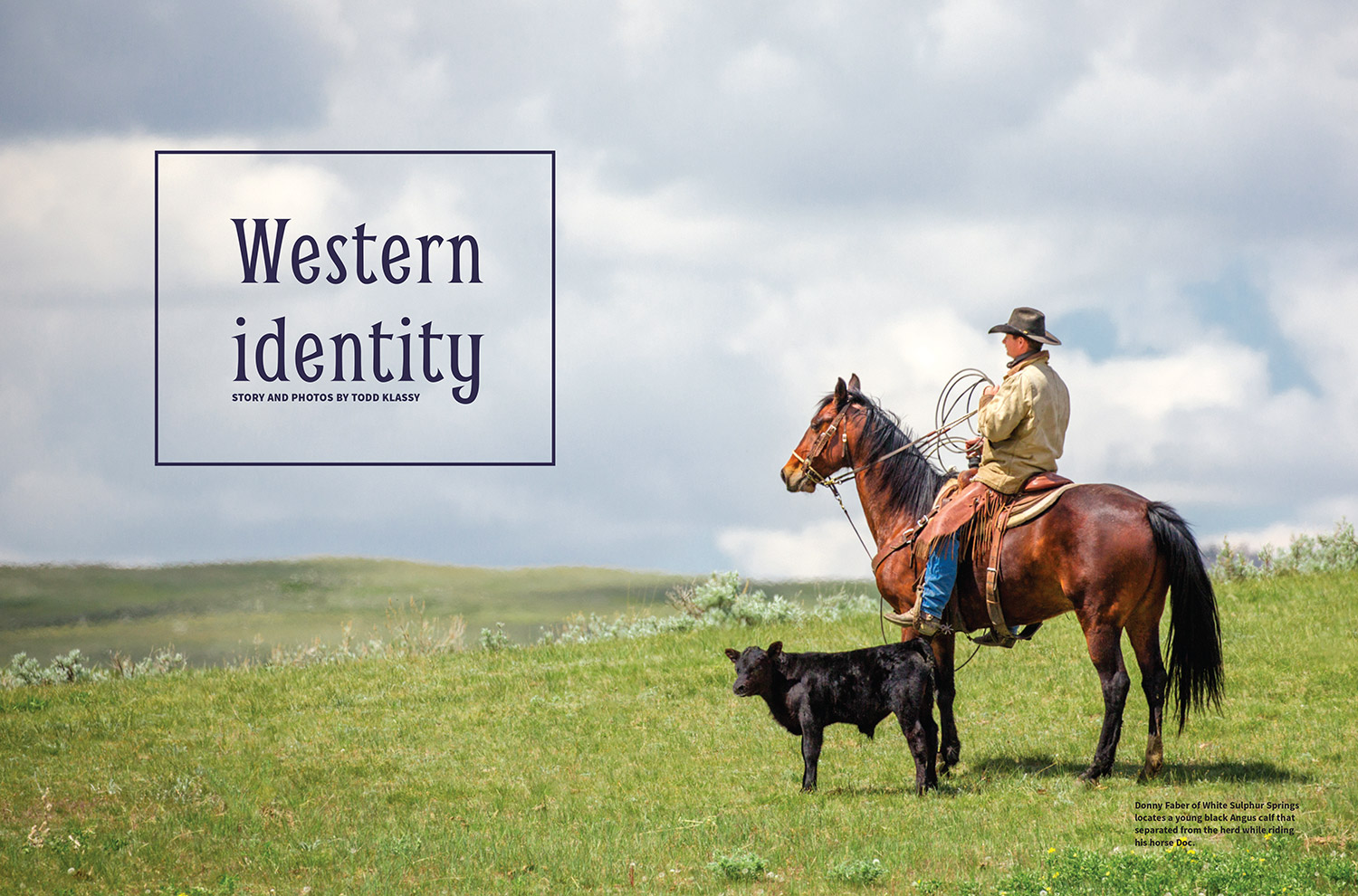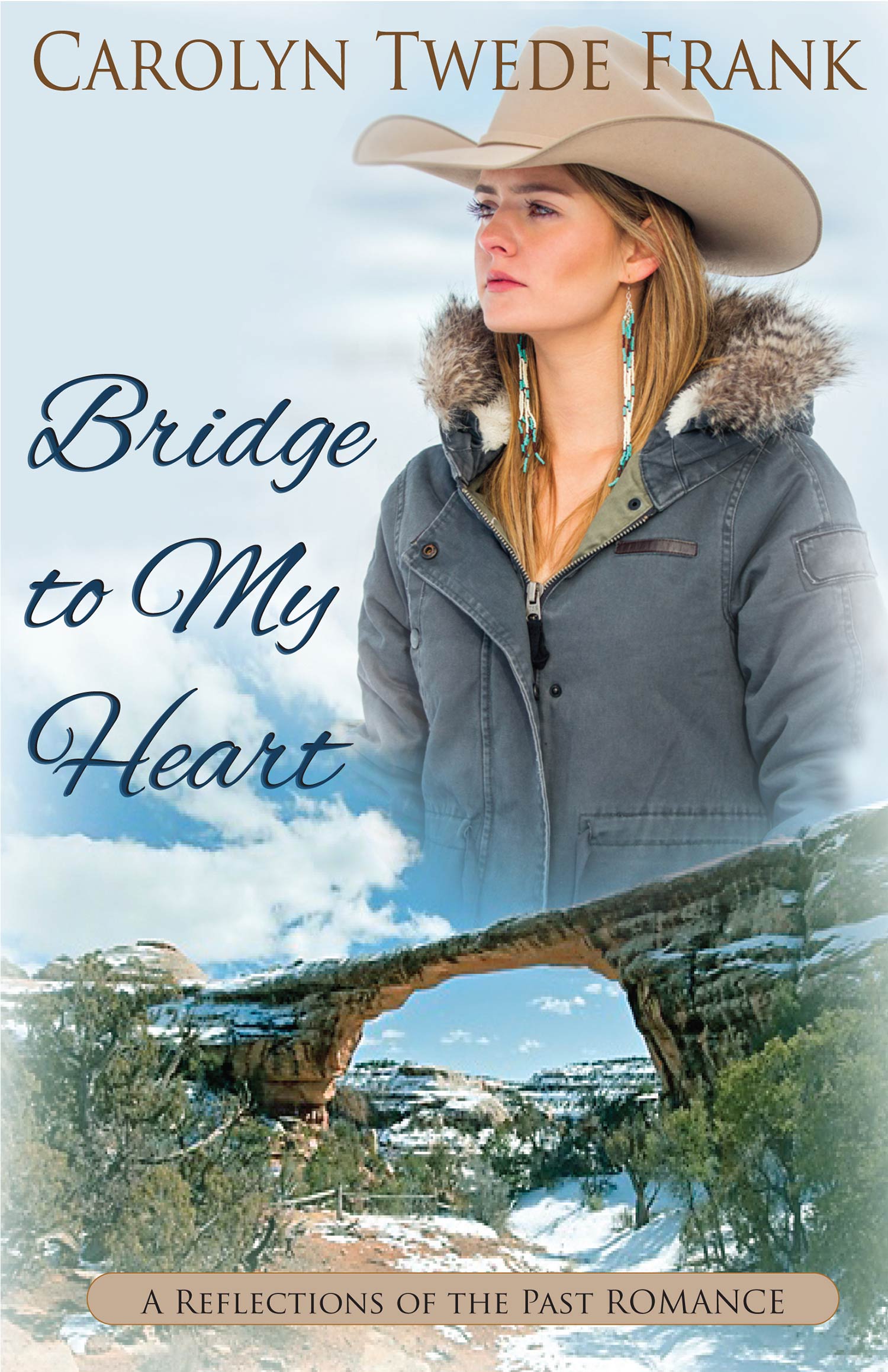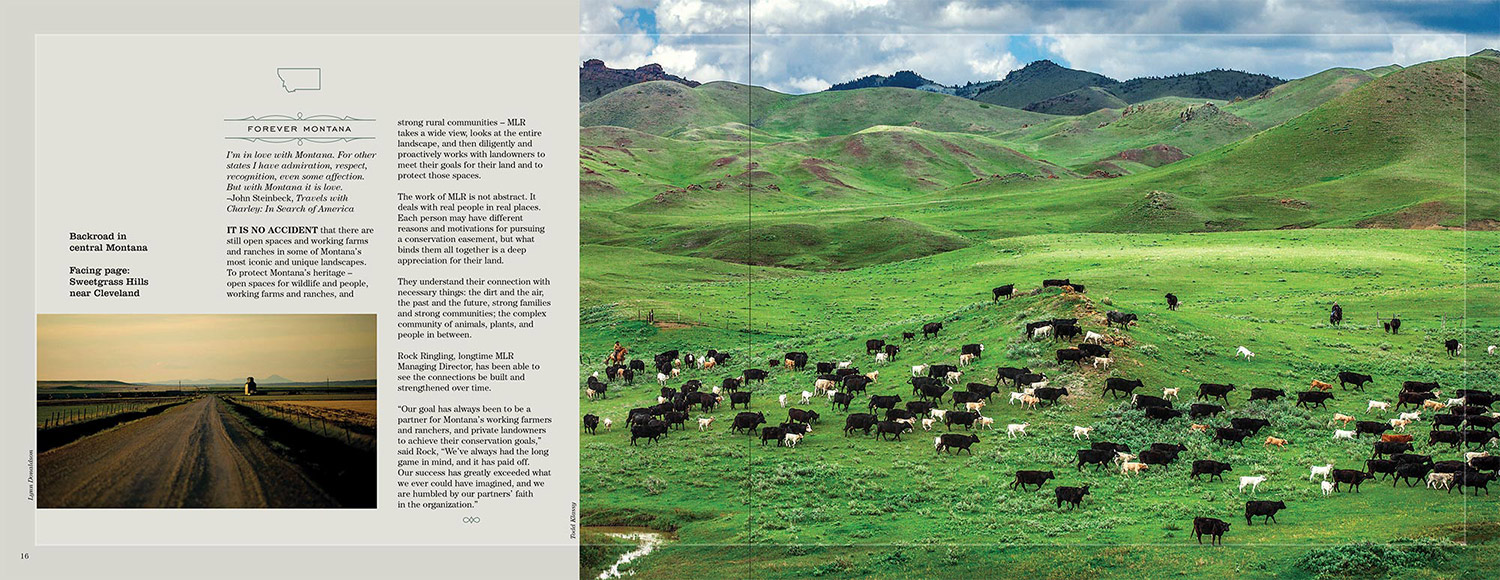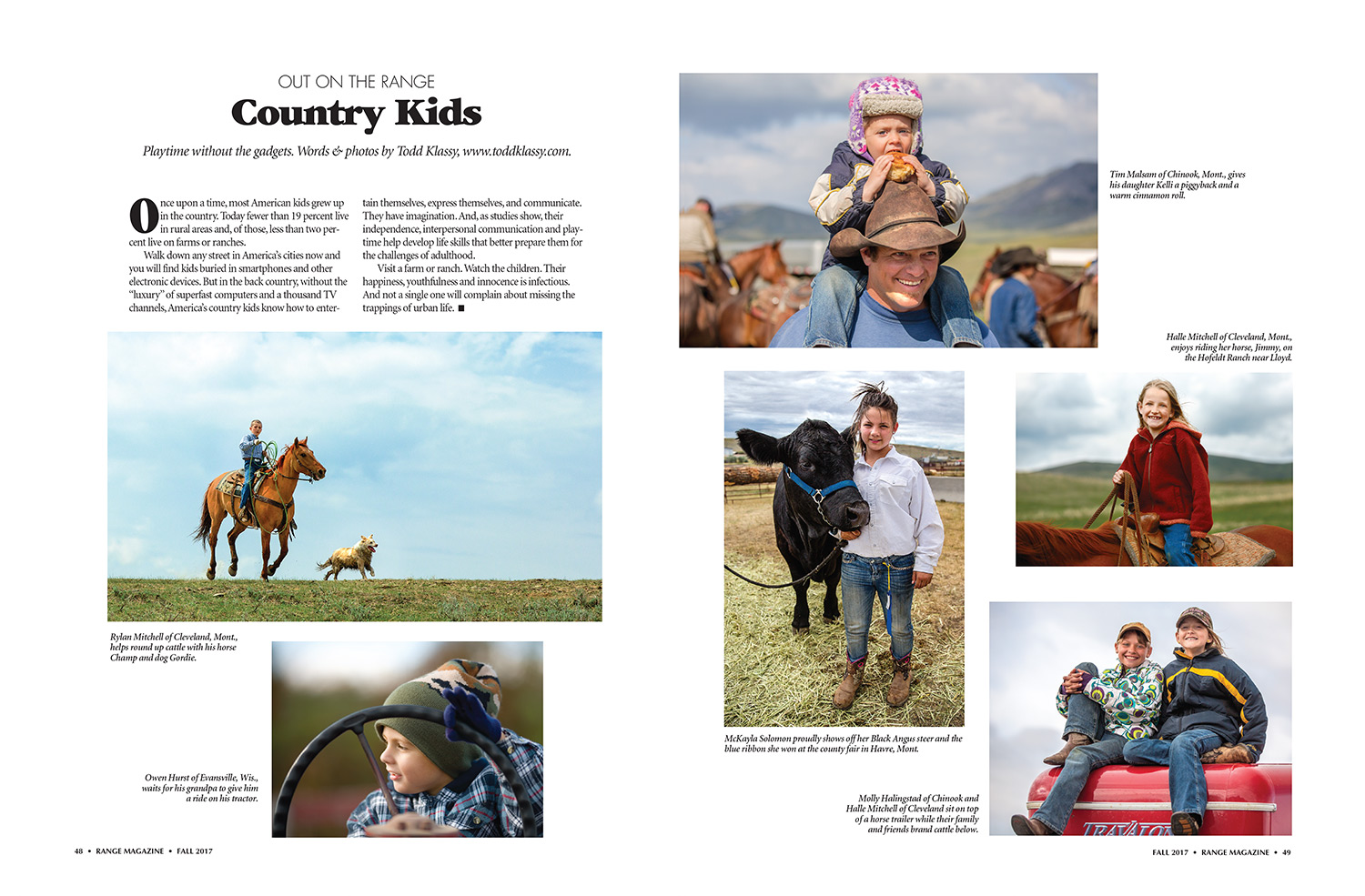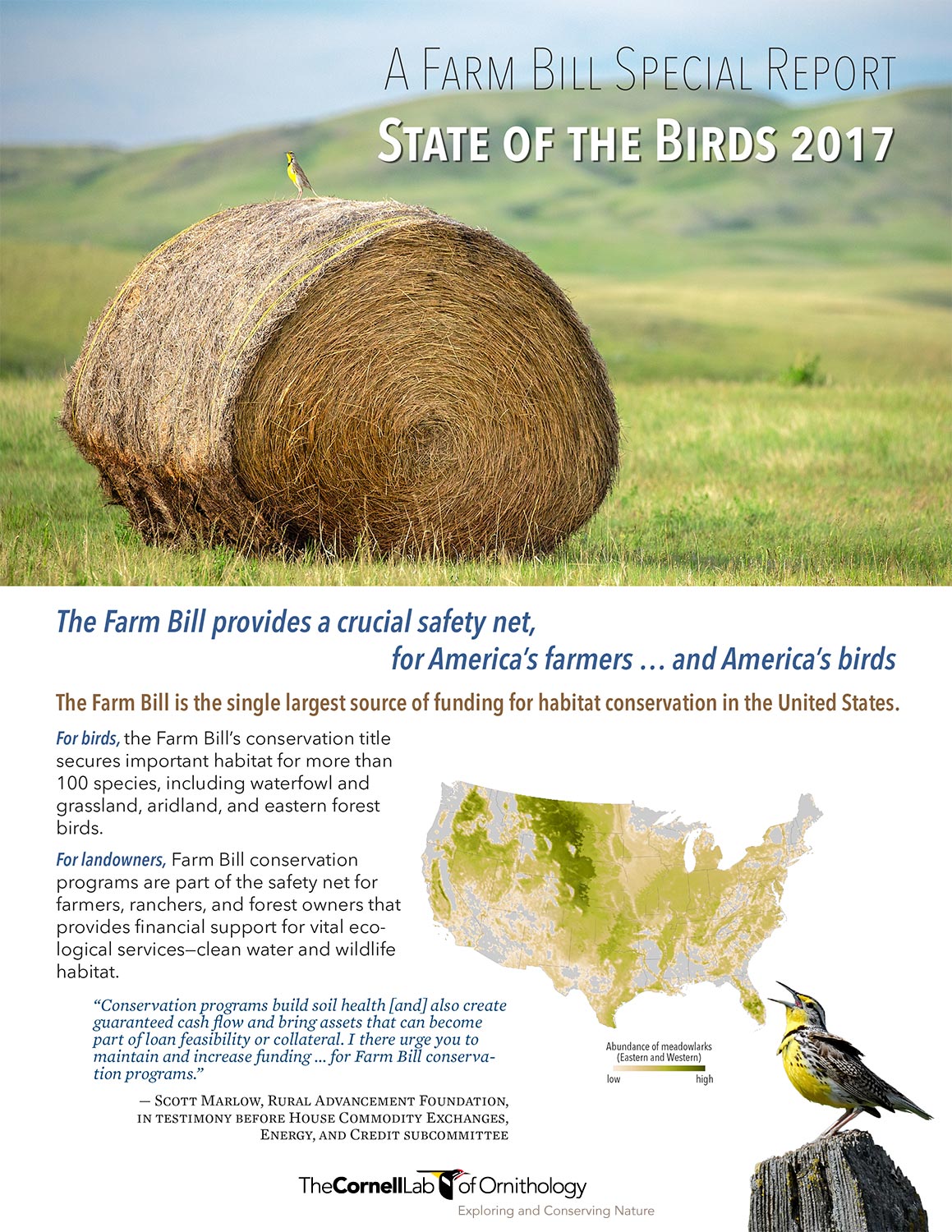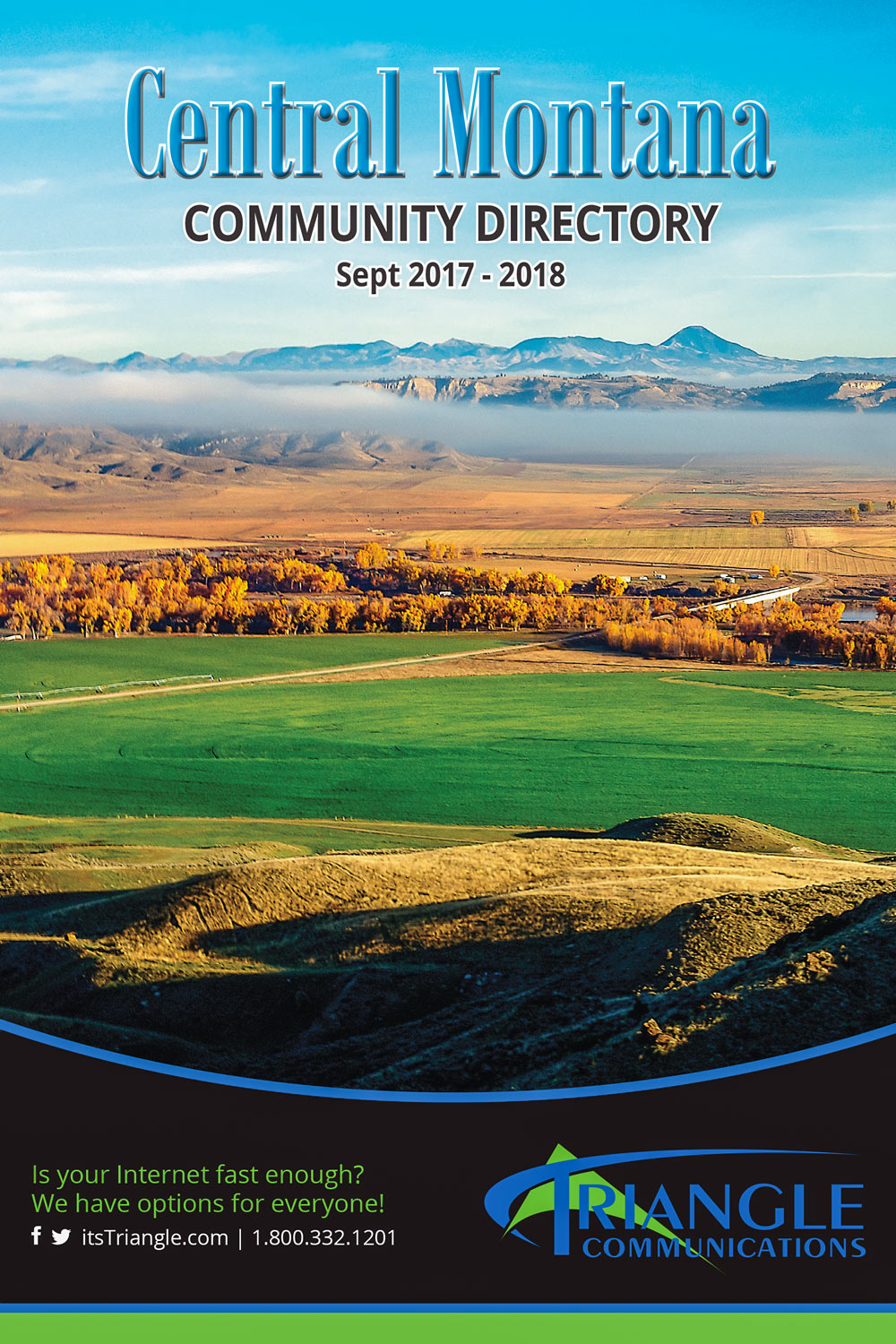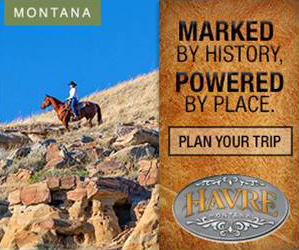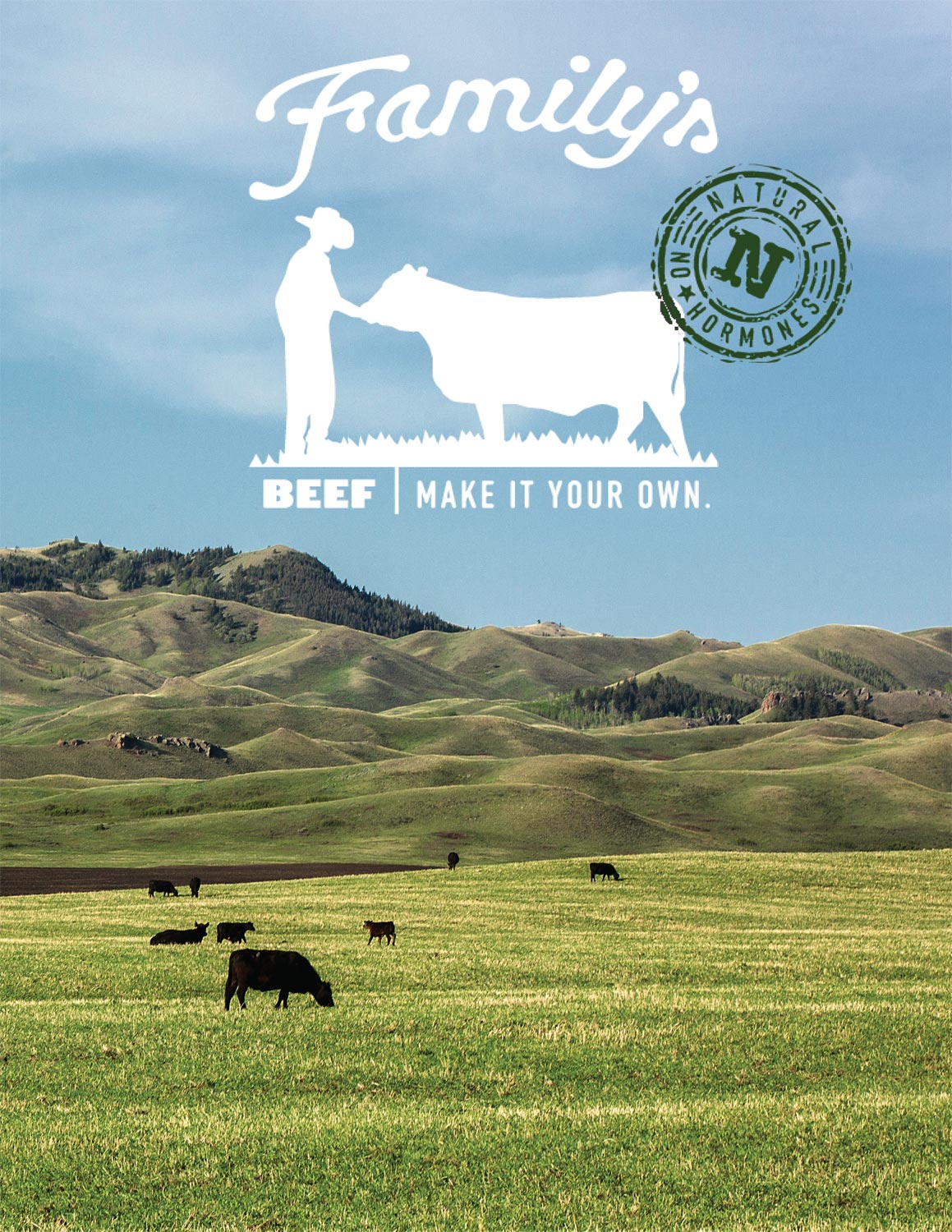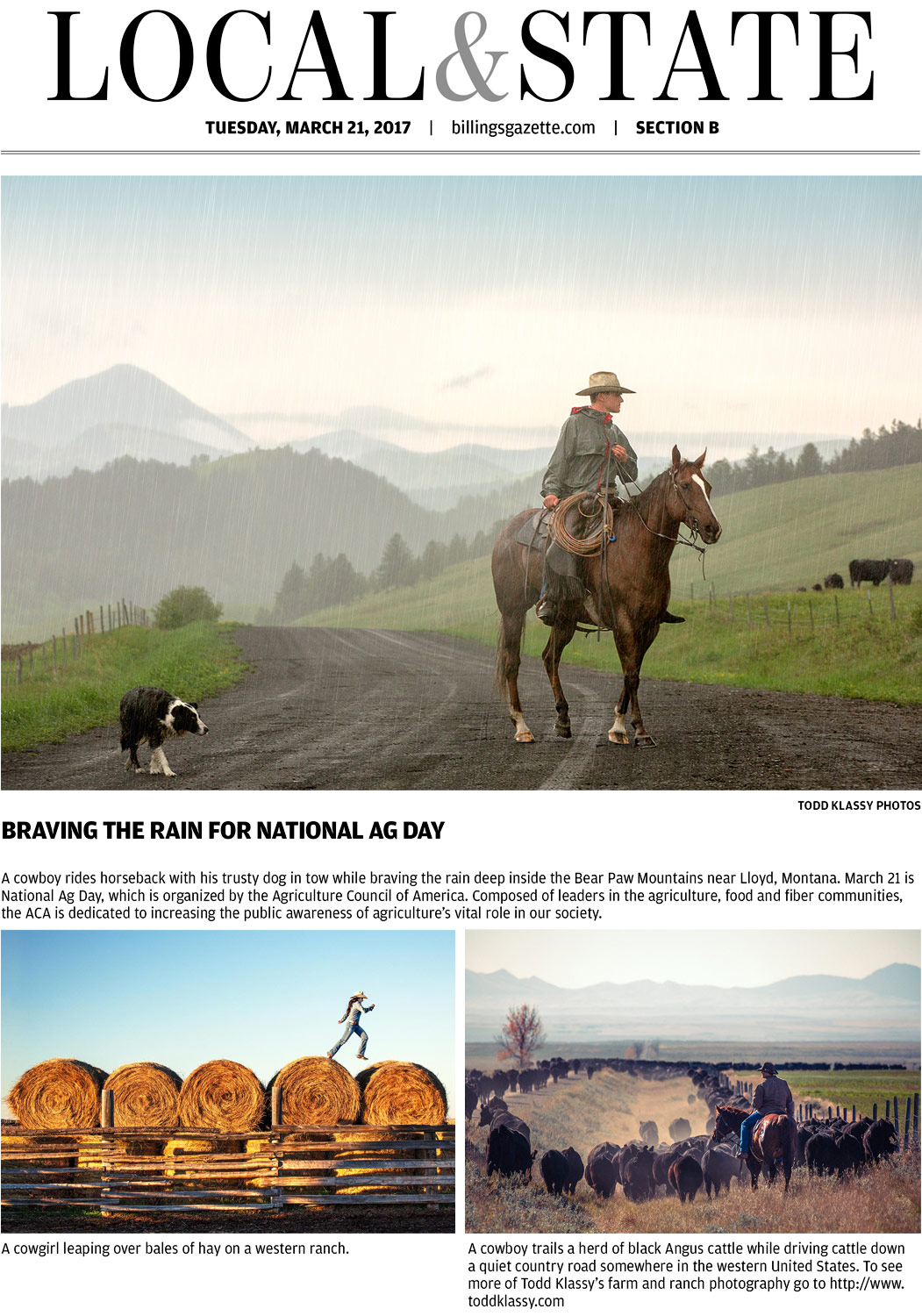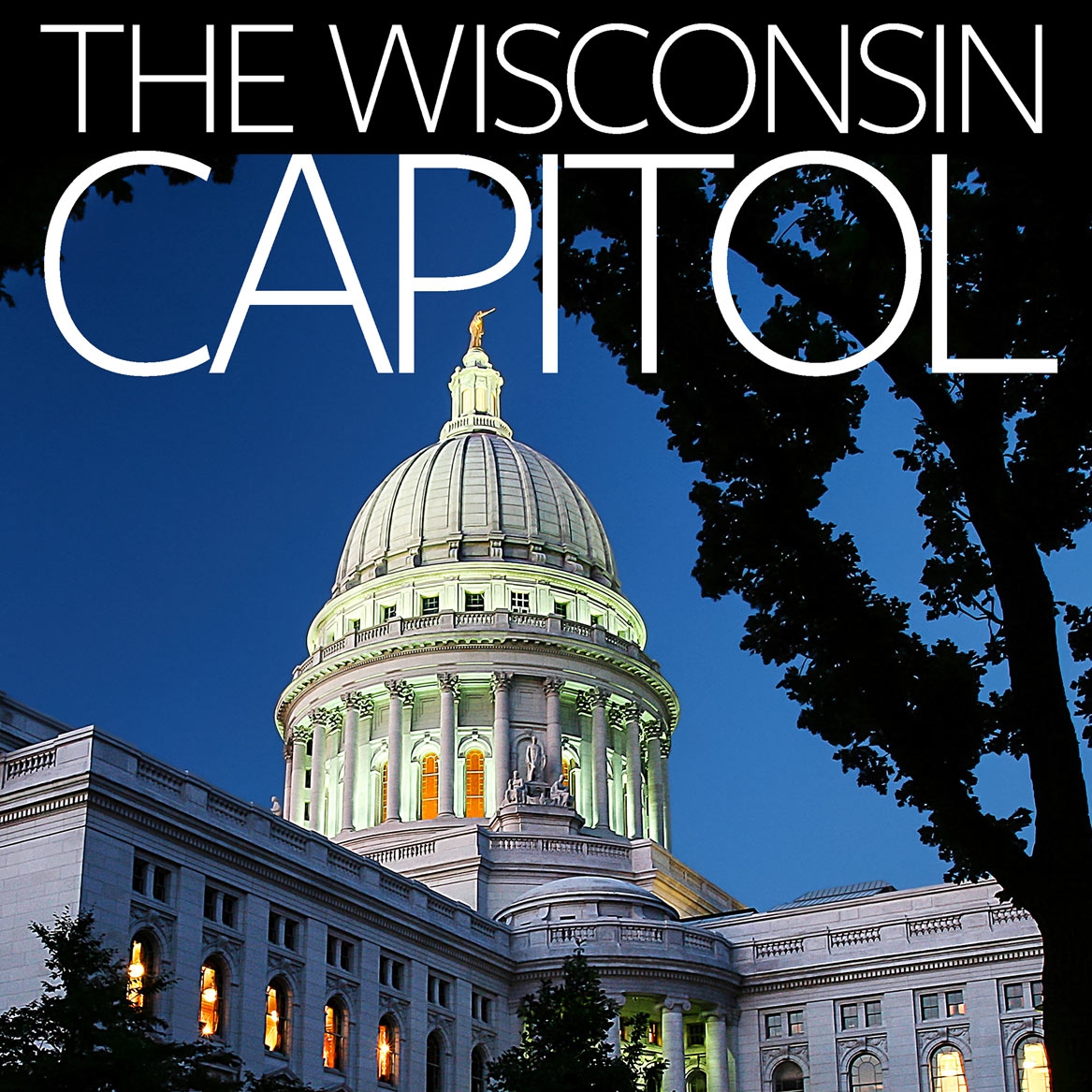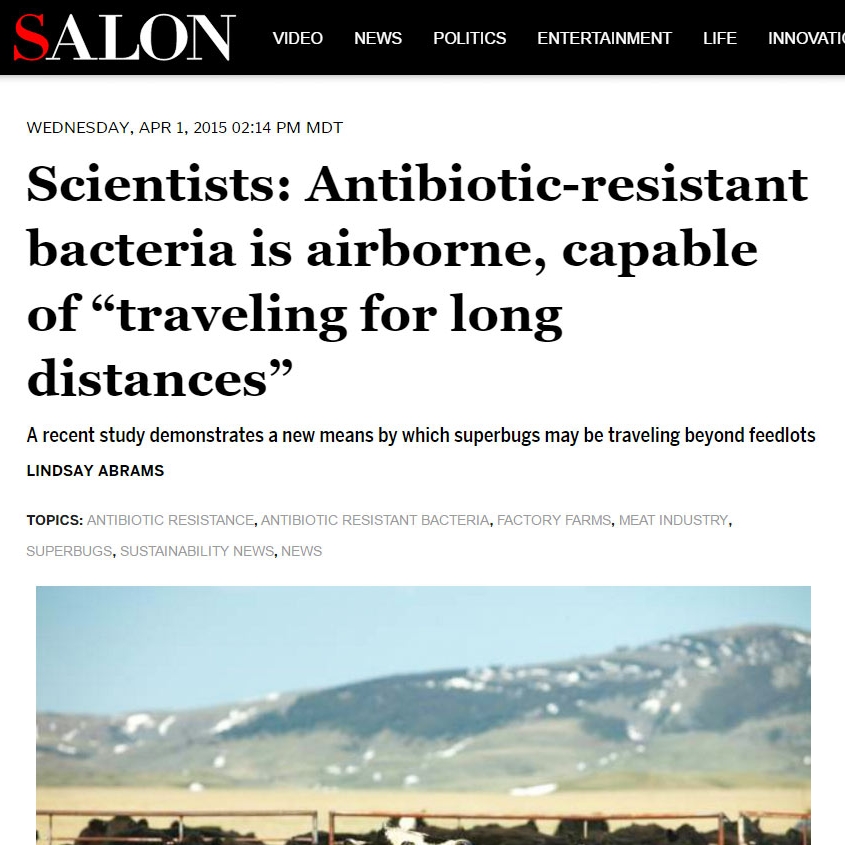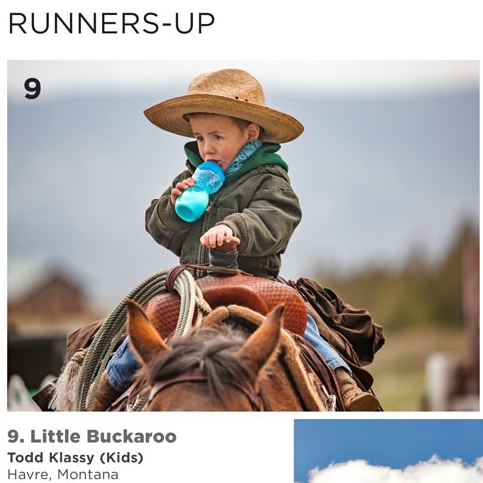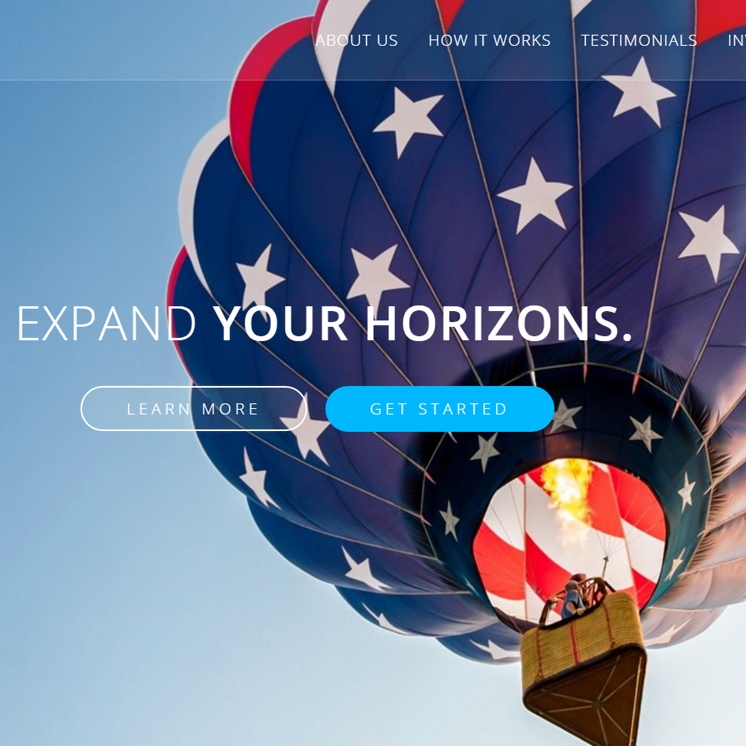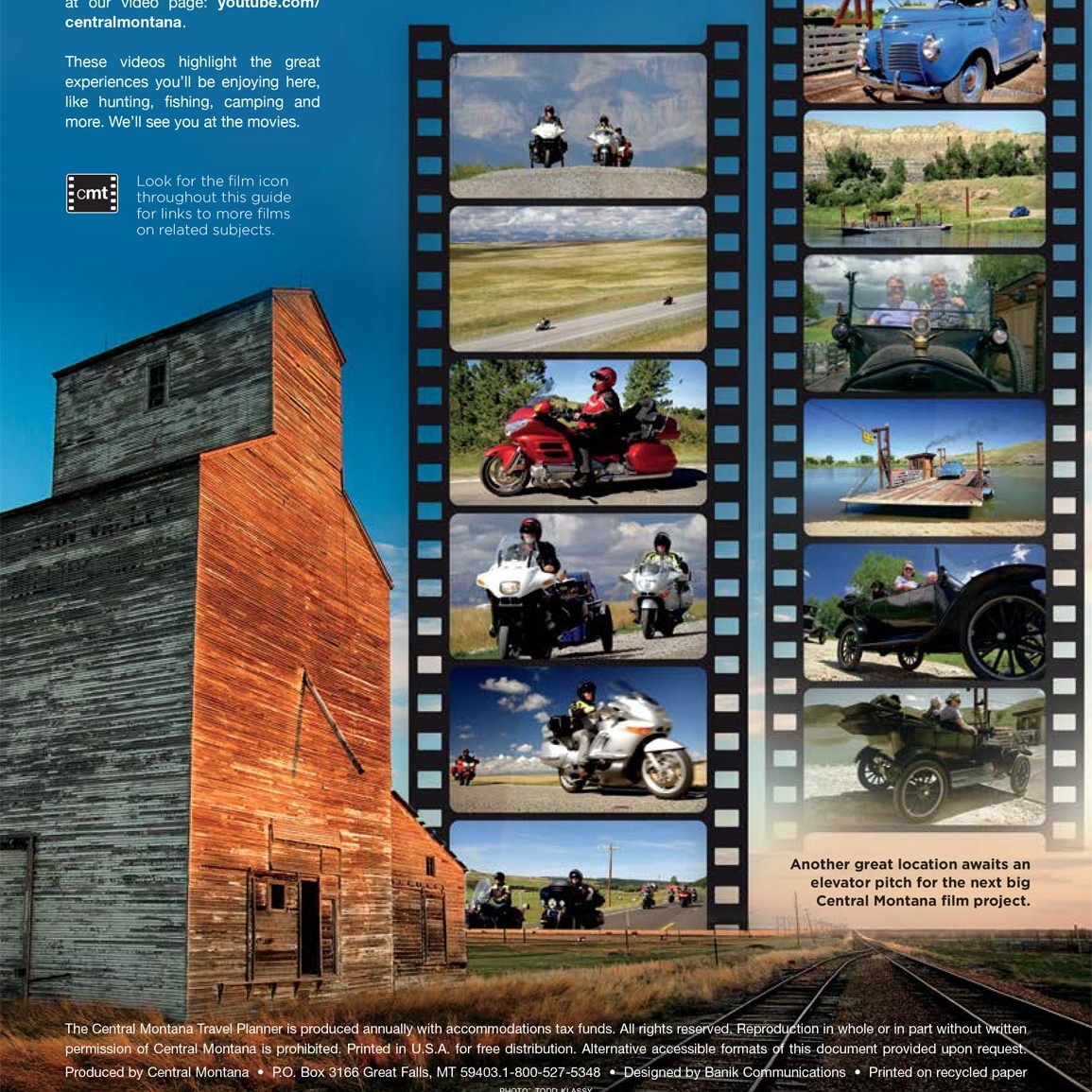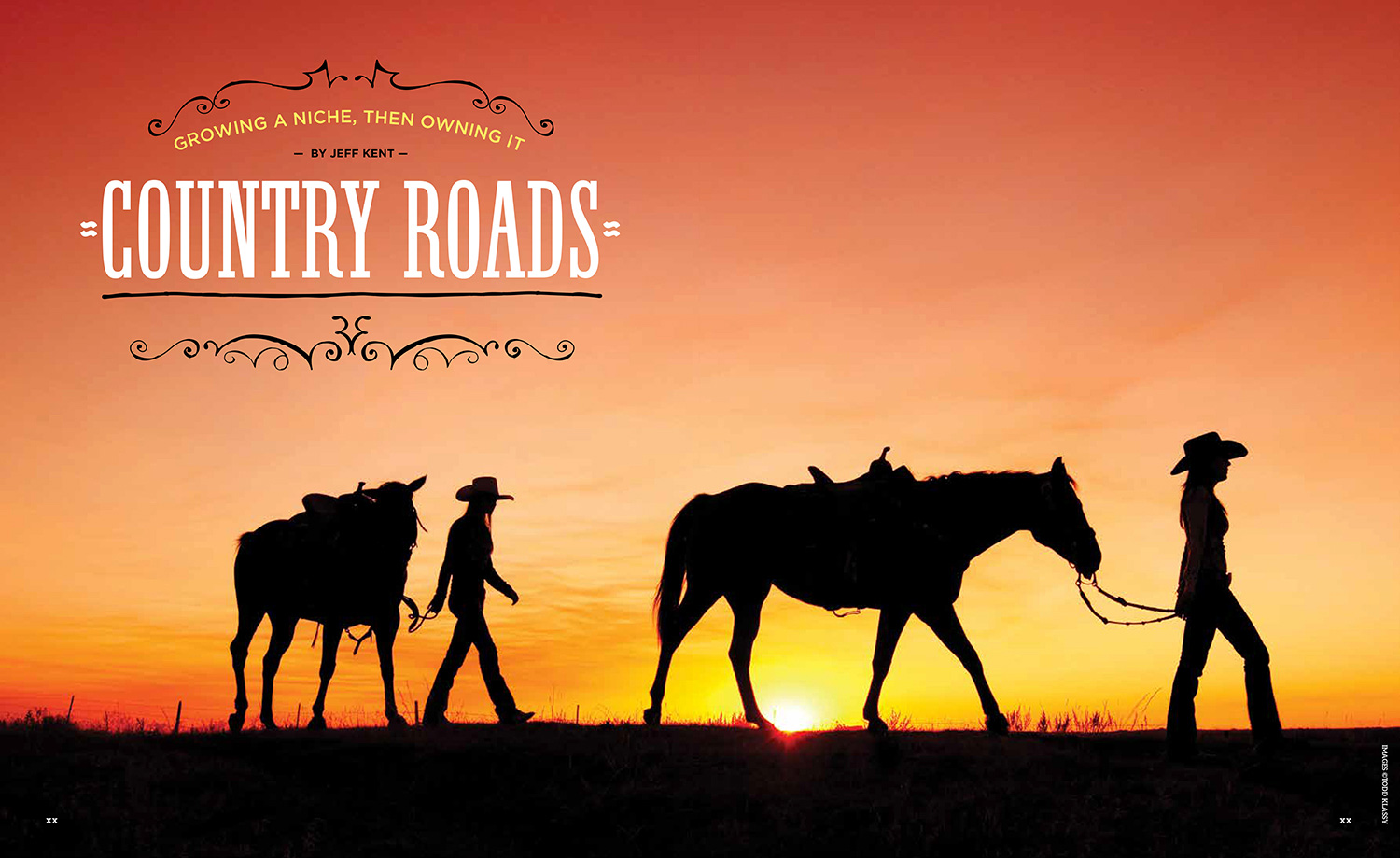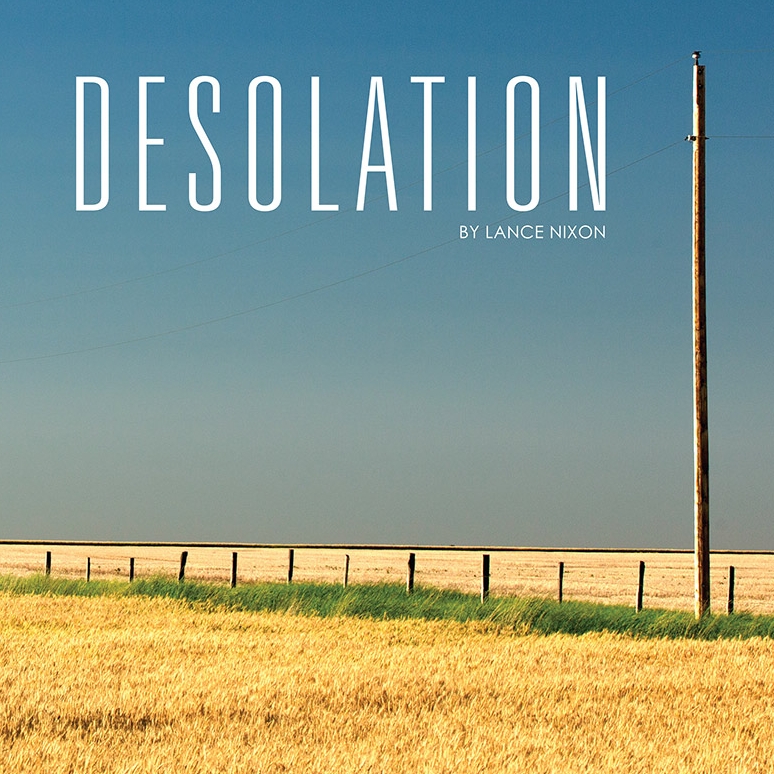My article and photos of rural churches in Montana appears here in the Spring 2022 issue of Range Magazine. The text of the article is below.
St. Wenceslaus Catholic Church in Danvers, Montana was built in 1916 and was named for the patron saint of Czechoslovakia. It is located at a train stop along the long-gone Chicago, Milwaukee, and St. Paul Railroad.
Throughout the west are places most people have never heard of. They are tiny towns and train stops and quiet corners of the earth that are different in many ways, but often they do have one thing in common. A church.
Their churches there are small and quaint. They are often surrounded by grassland, or wheat, or trees, or a small cluster of dusty old buildings. They are seldom made of anything other than wood, and their design is every bit as spartan and plain as the landscape that surrounds them. But it is their simplicity and utilitarian design that makes them so beautiful.
These churches represent so much more than it may seem, not only to the men and women from Europe who first came to these parts, but also those few who remain, working the land, and intentionally or not, honoring the legacy of those who came before them.
From 1900 to 1920 the number of people living on the Great Plains more than tripled as homesteaders farmed plots ranging from 130 acres to over 250 acres in size. At that same time new railroad tracks were laid across the west and small towns popped up to not only support the farmers and ranchers in the region, but also to provide water, coal and supplies to steam locomotives that pushed west. And the churches, often before anything else, were the first structures built there.
Most of the churches in the rural parts of North Dakota, South Dakota, Kansas, Nebraska, Montana, Wyoming, and Nevada were Lutheran, Methodist and Roman Catholic. There were a handful of German churches and many Norwegian Lutheran churches, too. In many ways, these buildings represented the hopes and dreams of all the settlers who opened the west. And each church has many stories to tell.
Following the Great Depression, and with the start of World War II, many farms and ranches dried up as more and more people moved off the farm and into the cities to work in factories to support the war effort. At the same time diesel engines replaced the steam locomotives that needed to stop for water in tiny towns every 10 to 25 miles along the track. And when that happened, towns died, and congregations dwindled. But often the churches remain.
More than just a place to worship, churches are the hub of these rural western communities. They are where you are baptized and introduced to the world for the first time…and the last building you are in when you slip the surly bonds of earth. They are where you are married, where gather with your neighbors and friends, where you shelter from the storm, where you meet to organize after a local emergency, where you hold suppers to raise funds for your community, and where you meet and vote as you participate in American democracy. Rural and small-town churches are icons of the American west, and yet sadly many are in disrepair and fading away. God bless those that remain. And may they continue to be a touchstone for all that was once good and could be again.












